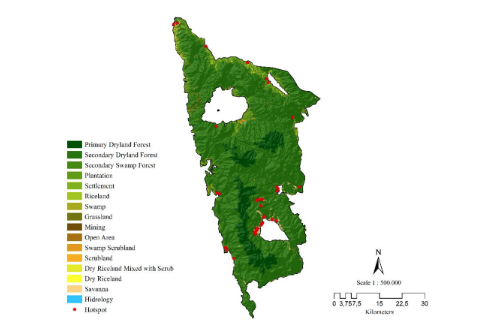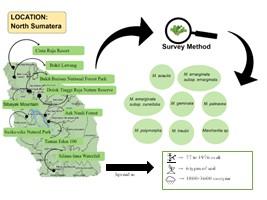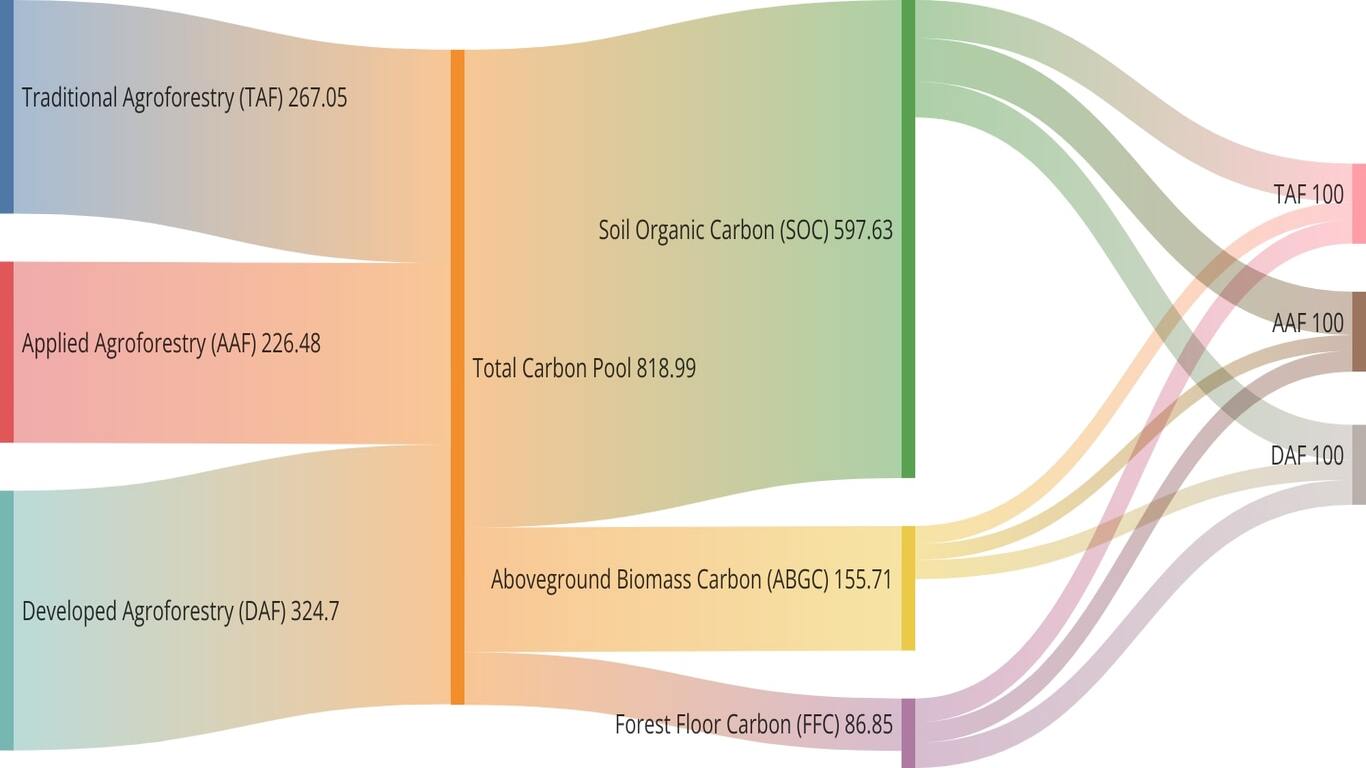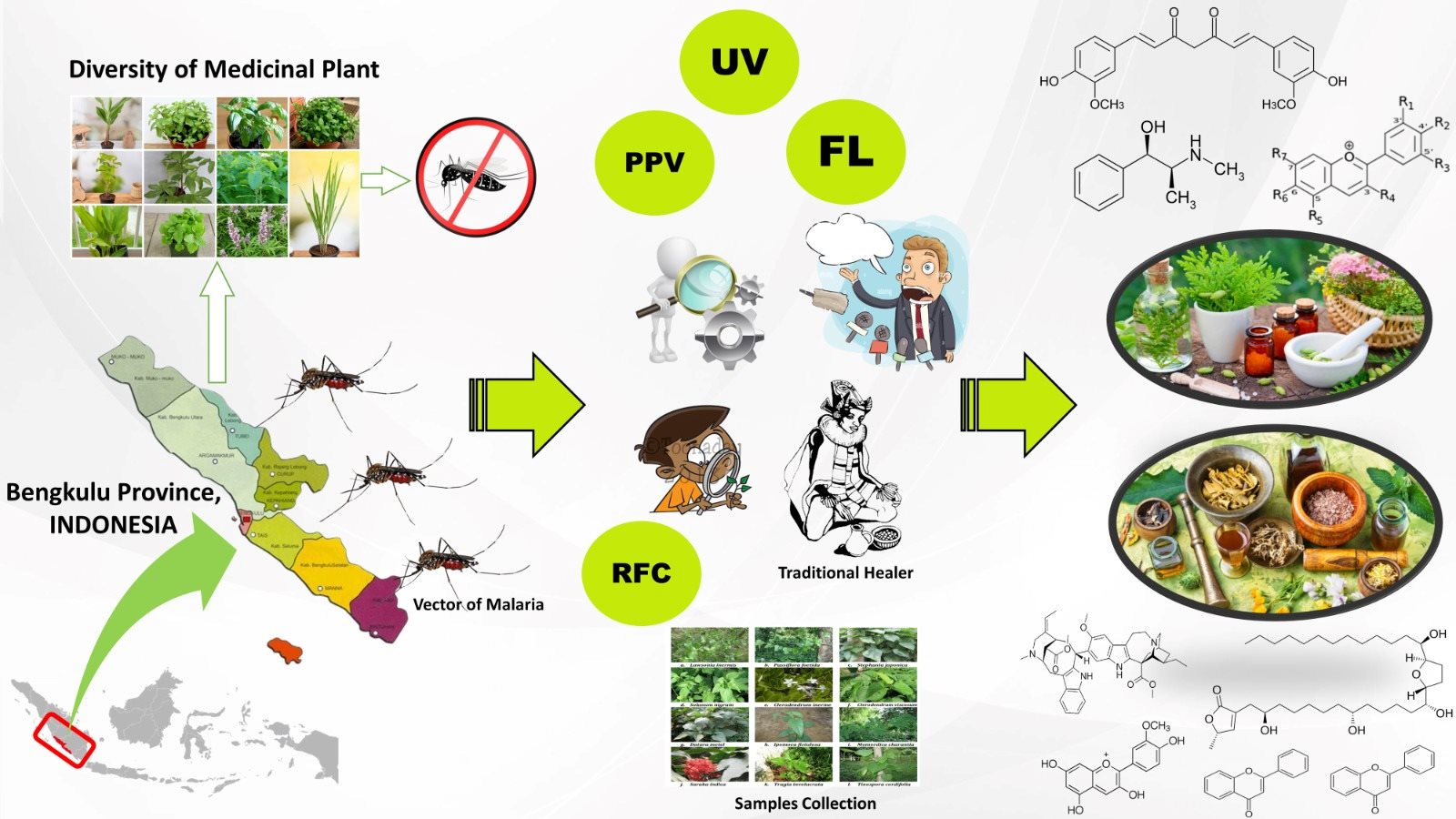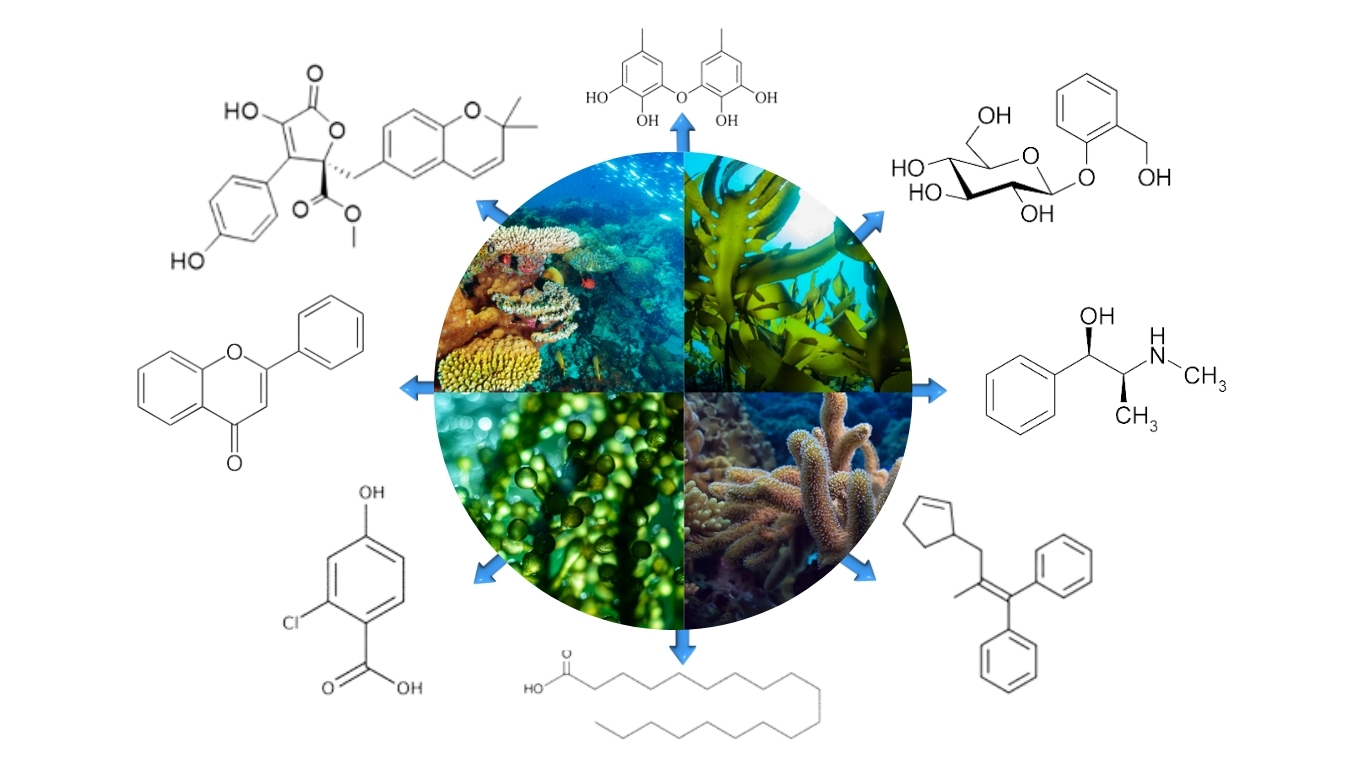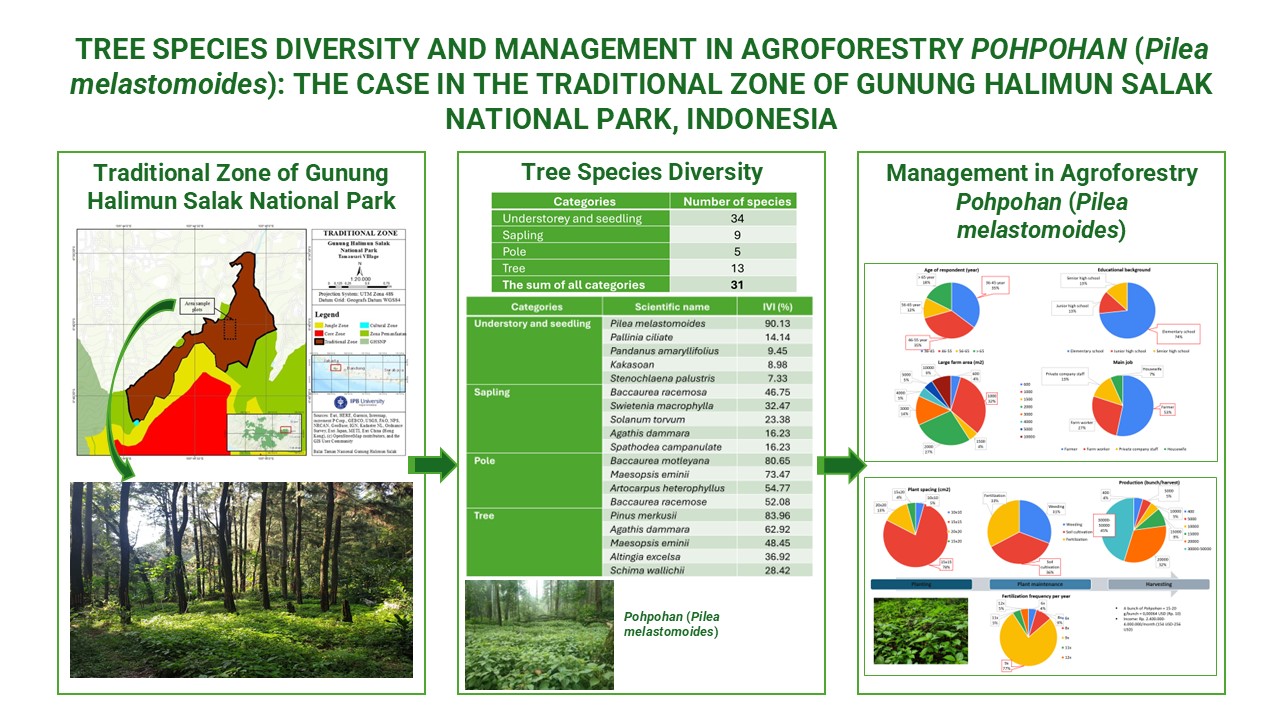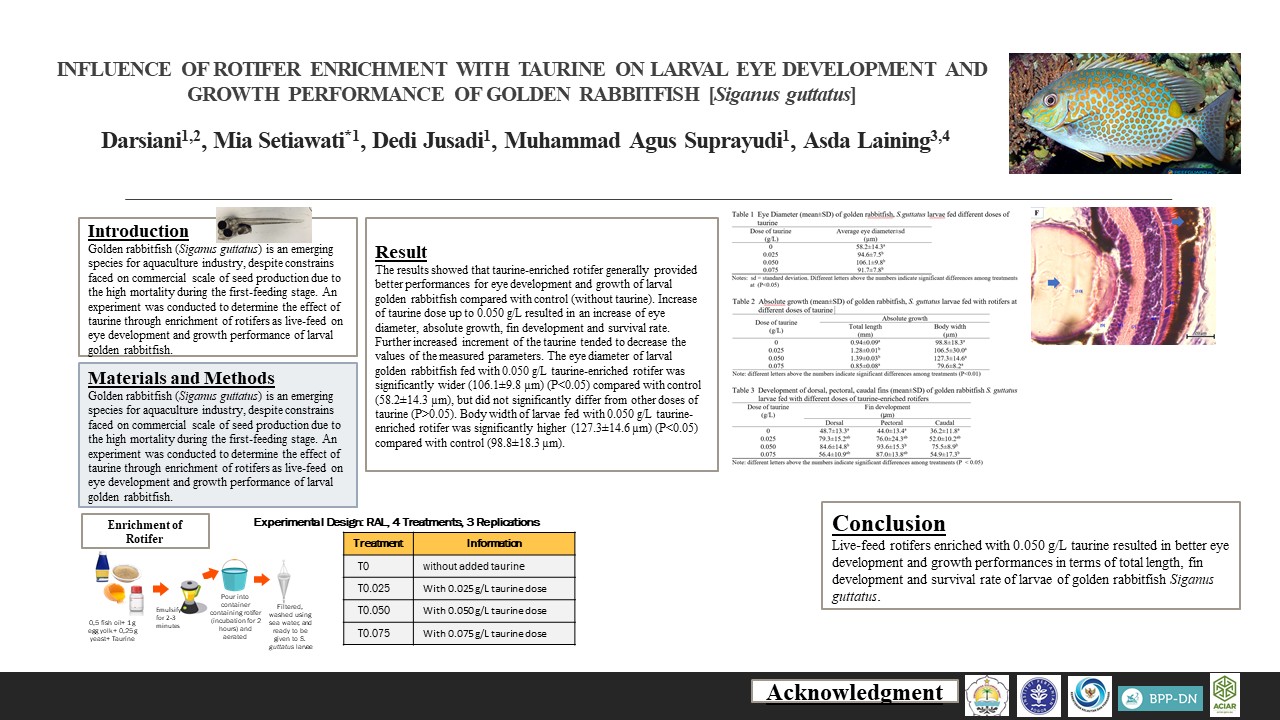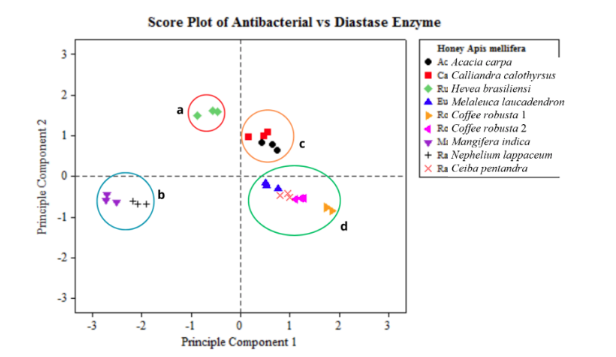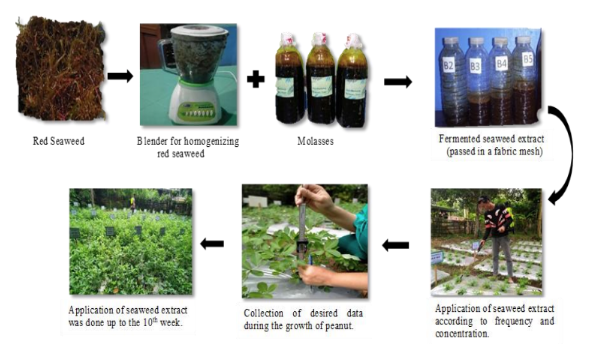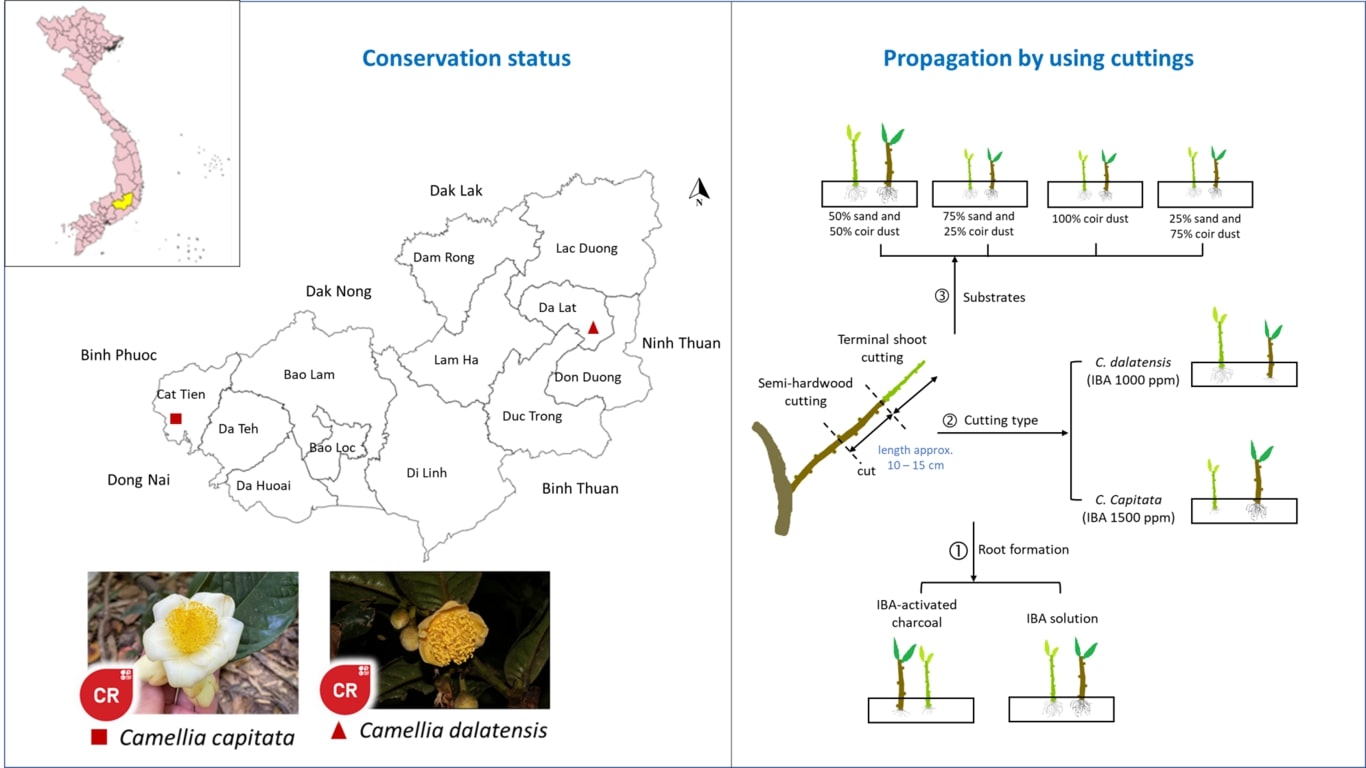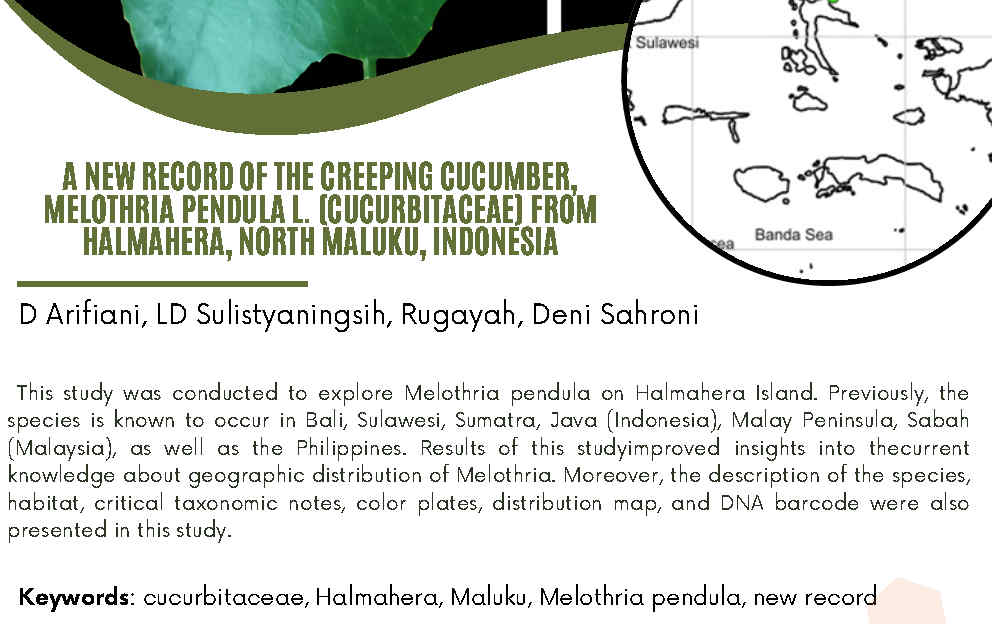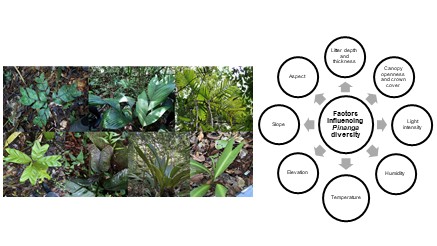DIVERSITY, MORPHOMETRY, AND POPULATION ABUNDANCE OF SEA URCHIN (Tripneustes gratilla) IN NORTH LOMBOK

Downloads
Article Highlights
- The highest absolute abundance of sea urchin Tripneustes gratilla was observed in August 2023
- In 2024, the low absolute abundance of Tripneustes gratilla and the decline of sea urchin species diversity in North Lombok prospectively indicated overharvesting.
- The number of gleaners and the gleaning activity conducted by local villagers prospectively harm seagrass meadows, especially on Tripneustes gratilla abundance
Abstract
Sea urchin Tripneustes gratilla is commonly found in tropical shallow water-seagrass beds and is consumed for its roe in Southeast Asia. This study recorded five sea urchin species in the study area: Tripneustes gratilla, Pseudoboletia maculata, Salmacis bicolor, Salmacis sphaeroides, and Maretia planulata, with T. gratilla being the most abundant. The highest absolute abundance of T. gratilla was observed in August 2023, at 0.30 ind./m2, while from May to July 2024, it declined to 0.02 ind./m2. The mean diameters of T. gratilla ranged from 37.59 mm to 44.16 mm between August and October 2023 and from 17.39 mm to 48.45 mm between May and July 2024, having wide range of the mean weight. In September 2023, sea urchin with a test diameter of 35.0 – 39.9 mm were the most frequent to be found. This study provided baseline data on T. gratilla harvested from the seagrass habitat by the local community in North Lombok and highlights the potential for overharvesting in the area.
Downloads
Aldea KQ. 2023. Macroinvertebrate gleaning in coastal ecosystems: utilization, pressures, and implications for conservation. Bioflux 16(3):1331-45.
Bangi HGP, Juinio-Menez MA. 2023. Feeding and reproductive phenotypic traits of the sea urchin Tripneustes gratilla in seagrass beds impacted by eutrophication. Diversity 15(7):843. DOI: 10.3390/d15070843 DOI: https://doi.org/10.3390/d15070843
Barrett GA, Revell D, Harding L, Mills I, Jorcin A, Stiefel KM. 2019. Tool use by four species of Indo-pacific sea urchins. J Mar Sci Eng 7(3):69. DOI: 10.3390/jmse7030069 DOI: https://doi.org/10.3390/jmse7030069
Bertocci I, Dominguez R, Machado I, Freitas C, Dominguez Godino J, Sousa Pinto I, …, Gaspar MB. 2013. Multiple effects of harvesting on populations of the purple sea urchin Paracentrotus lividus in North Portugal. Fis Res 150:60-5. DOI: 10.1016/j.fishres.2013.10.010 DOI: https://doi.org/10.1016/j.fishres.2013.10.010
Caill-Milly N, Jérémy M, Noëlle B, de Casamajor M, Pigot T, Corbet P. 2020. Tests and jaws’ morphological patterns of regular sea urchin Paracentrotus lividus (Lamarck, 1816) in relation to environmental conditions. Reg Stud in Mar Sci 35:1-11. DOI: 10.1016/j.rsma.2020.101220 DOI: https://doi.org/10.1016/j.rsma.2020.101220
Chang-Po C, Kun-Hsiung C. 1981. Reproductive periodicity of the Sea Urchin, Tripneustes gratilla (L.) in Taiwan compared with other regions. Int J Invertebr Reprod 3(6):309-19. DOI: 10.1080/01651269.1981.10553406 DOI: https://doi.org/10.1080/01651269.1981.10553406
Central Bureau of Statistics North Lombok Regency. 2022. North Lombok Regency in Figures 2022. Lombok (ID): Central Bureau of Statistics North Lombok Regency.
Clores MA. 2023. Elasticity analysis of the grazing and detrital pathways in a shallow Philippine seagrass meadow. BIOTROPIA 30(2):128-36. DOI: 10.11598/btb.2023.30.2.1654 DOI: https://doi.org/10.11598/btb.2023.30.2.1654
Colin PL, Arneson C. 1995. Tropical Pacific Invertebrates: A field guide to the marine invertebrates occurring on tropical Pacific coral reefs, seagrass beds and mangroves. California (US): Coral Reef Press. 296 p.
Du J, Hu W, Nagelkerken I, Sangsawang L, Loh KH, Ooi JL, …, Chen B. 2020. Seagrass meadows provide multiple benefits to adjacent coral reefs through various microhabitat functions. Ecosyst Health Sust 6(1):1812433. DOI: 10.1080/20964129.2020.1812433 DOI: https://doi.org/10.1080/20964129.2020.1812433
Fairoz M, Rozaimi M, Nastasia WF. 2018. Records of sea star (Echinodermata, Asteroidea) diversity in a disturbed tropical seagrass meadow. Arx Misc Zool 16:243-54. DOI: 10.32800/amz.2018.16.0243 DOI: https://doi.org/10.32800/amz.2018.16.0243
Gherardi F. 1991. Eco-ethological aspects of the symbiosis between the shrimp Athanas indicus (Coutiere, 1903) and the sea urchin Echinometra mathaei (de Blainville, 1825). Trop Zool 4(1):107-28. DOI: 10.1080/03946975.1991.10539481 DOI: https://doi.org/10.1080/03946975.1991.10539481
Guinda X, Bidegain G, Puente A, Juanes JA. 2016. A first approach to stock assessment of the sea urchin Paracentrotus lividus (Lamarck, 1816) in Cantabria (Bay of Biscay). J Mar Biol Assoc UK 97(3):561-70. DOI: 10.1017/S0025315416001521 DOI: https://doi.org/10.1017/S0025315416001521
Hoa DTK, Bich HT, Long PQ, Toan TQ, Phuong DL. 2019. Protein hydrolysis of eggs from the sea urchin Tripneustes gratilla by the industrial enzyme alcalase. Vietnam J Sci Technol 57(2):133-8. DOI: 10.15625/2525-2518/57/2/12894 DOI: https://doi.org/10.15625/2525-2518/57/2/12894
Johnson DW, Ranelletti ME. 2017. Natural spawning of Hawaiian sea urchin, Tripneustes gratilla. Invertebr Biol 136(1):31-6. DOI: 10.1111/ivb.12158 DOI: https://doi.org/10.1111/ivb.12158
Juinio-Menez MA, Bangi HG, Malay M, Pastor D. 2008. Enhancing the recovery of depleted Tripneustes gratilla stocks through grow-out culture and restocking. Rev Fish Sci 16(1):35-43. DOI: 10.1080/10641260701678116 DOI: https://doi.org/10.1080/10641260701678116
Kriegisch N, Reeves SE, Johnson CR, Ling SD. 2020. Sea urchin control of macroalgal communities across a productivity gradient. J Exp Mar Biol Ecol 527:121248. DOI: 10.1016/j.jembe.2019.151248 DOI: https://doi.org/10.1016/j.jembe.2019.151248
Lawrence JM, Agatsuma Y. 2007. Ecology of Tripneustes. In: Lawrence JM (Editor). Edible Sea Urchins: Biology and Ecology. 2nd Edition. Developments in Aquaculture and Fisheries Science, Vol. 37. Amsterdam (NL): Elsevier. p. 499-520. DOI: https://doi.org/10.1016/S0167-9309(07)80088-3
Lison de Loma T, Conand C, Harmelin-Vivien M, Ballesteros E. 2002. Food selectivity of Tripneustes gratilla (L) (Echinodermata: Echinoidea) in oligotrophicand nutrient-enriched coral reefs at La Reunion (Indian Ocean). Bull Mar Sci 70: 927-38.
McKenzie LJ, Campbell SJ, Roder CA. 2003. Seagrass-Watch: Manual for mapping & monitoring seagrass resources. 2nd Edition. Northern Fisheries Centre. Cairns (AU): Northern Fisheries Centre. 100pp.
Micael J, Alves MJ, Jones MB, Costa AC. 2010. Quantitative sampling of sub-tidal echinoderms in the Azores. Vie et Milleu/Life & Environment 60(4):327-33.
Moreira-Saporiti A, Hoeijmakers D, Reuter H, Msuya FE, Gese K, Teichberg M. 2023. Bottom-up and top-down control of seagrass overgrazing by the sea urchin Tripneustes gratilla. Mar Ecol 44(1):e12734. DOI: 10.1111/maec.12734 DOI: https://doi.org/10.1111/maec.12734
Muthiga NA. 2005. Testing for the effects of seasonal and lunar periodicity on the reproduction of the edible sea urchin Tripneustes gratilla (L) in Kenyan coral reef lagoons. Hydrobiologia 549:57-64. DOI: 10.1007/s10750-005-4757-2 DOI: https://doi.org/10.1007/s10750-005-4757-2
Muzaki FK, Setiawan E, Insany GFA, Dewi NK, Subagio IB. 2019. Community structure of Echinoderms in seagrass beds of Pacitan beaches, East Java, Indonesia. Biodiversitas 20(7):1787-93. DOI: 10.13057/biodiv/d200701 DOI: https://doi.org/10.13057/biodiv/d200701
Nane L, Paramata AR. 2020. Impact of overfishing on density and test-diameter size of the sea urchin Tripneustes gratilla at Wakatobi Archipelago, South-Eastern Sulawesi, Indonesia. Ilmu Kelautan Indonesia J Mar Sci 25(2):53-6. DOI: 10.14710/ik.ijms.25.2.53-56 DOI: https://doi.org/10.14710/ik.ijms.25.2.53-56
Narvaez CA, Sainte-Marie B, Johnson LE. 2020. Intraspecific competition in size-structured populations: ontogenetic shift in the importance of interference competition in a key marine herbivore. Mar Ecol Prog Ser 649:97-110. DOI: https://doi.org/10.3354/meps13435 DOI: https://doi.org/10.3354/meps13435
Nicolau L, Vasconcelos P, Machado I, Pereira F, Moura P, Carvalho AN, Gaspar MB. 2022. Morphometric relationships, relative growth and roe yield of the sea urchin (Paracentrotus lividus) from the Portuguese coast. Reg Stud in Mar Sci 52:102343. DOI: 10.1016/j.rsma.2022.102343 DOI: https://doi.org/10.1016/j.rsma.2022.102343
Nomleni A, Widodo MS, Kilawati Y, Valen FS. Contemporary records of sea urchin Tripneustes gratilla (Echinodermata: Echinoidea) in Timor Island, Indonesia. AACL Bioflux 13(4):1899-1905.
Nordlund L, Erlandsson J, Torre-Castro M, Jiddawi N. 2010. Changes in an East African social-ecological seagrass system: Invertebrate harvesting affecting species composition and local livelihood. Aquat Living Resour 23:399-416. DOI: 10.1051/alr/2011006 DOI: https://doi.org/10.1051/alr/2011006
Parvez MS, Rahman MA, Yusoff FM. 2016. Status, prospects and potentials of Echinoid sea urchins in Malaysia. Int J Chem Environ Biol Sci 4(1):93-7.
Pike F, Jiddawi NS, Nordlund LM. 2024. Intertidal gleaning fisheries: recognizing local-scale contributions and management scenarios. Mar Policy 162:106059. DOI: 10.1016/j.marpol.2024.106059 DOI: https://doi.org/10.1016/j.marpol.2024.106059
Pinn WS, Fang ANP, Razalli NM, Nilamani N, Peng TC, Yasin Z, …, Fujita T. 2014. New records of sea stars (Echinodermata Asteroidea) from Malaysia with notes on their association with seagrass beds. Biodivers J 5(4):453-8. Available from: https://www.biodiversityjournal.com/images/pubblicazioni/biodiversity-journal-2014/biodiversity-journal-2014-05-04/biodiversity-journal-2014-05-04_453-458.pdf
Rahim SAKA, Nurhasan R. 2016. Status of sea urchin resources in the east coast of Borneo. J Mat Biol :6393902. DOI: 10.1155/2016/6393902 DOI: https://doi.org/10.1155/2016/6393902
Rahmawati S, Irawan A, Supriyadi IH, Azkab MH. 2017. Seagrass monitoring guide. 2nd Edition. Jakarta (ID): Research Center for Oceanography, Indonesian Institute of Sciences. Coral Reef Rehabilitation and Management Programme-Coral Triangle Initiative (COREMAP-CTI). 35 pp. Available from: https://www.researchgate.net/publication/342435423_Panduan_Pemantauan_Penilaian_Kondisi_Padang_Lamun_Edisi_2
Regalado, JM, Campos WL, Santillan AS. 2010. Population biology of Tripneustes gratilla (Linnaeus) (Echinodermata) in seagrass beds of Southern Guimaras, Phillippines. Sci Diliman 22(2):41-9.
Satyawan NM. 2014. Population dynamics of sea urchin (Tripneustes gratilla Linnaeus, 1758) in Semerang Beach, eastern of Lombok. [Master Thesis]. Bogor (ID): Bogor Agricultural University.
Smith JG, Garcia SC. 2021. Variation in purple sea urchin (Strongylocentrotus purpuratus) morphological traits in relation to resource availability. PeerJ 9:e11352 DOI: 10.7717/peerj.11352 DOI: https://doi.org/10.7717/peerj.11352
Steneck RS. 2013. Sea urchins as drivers of shallow benthic marine community structure. In: Lawrence JM (Editor). Sea Urchins: Biology and Ecology. Developments in Aquaculture and Fisheries Science, Vol. 38. Amsterdam (NL): Elsevier. p. 195-212. DOI: 10.1016/B978-0-12-396491-5.00014-9 DOI: https://doi.org/10.1016/B978-0-12-396491-5.00014-9
Stiepani J, Sandig A, Blicharska M. 2023. The Where, the How, and the Why of the gleaning fishery: Livelihoods, food security, threats and management on the island of Malalison, Philippines. Ocean Coast. Manag. 244:106806. DOI: 10.1016/j.ocecoaman.2023.106806 DOI: https://doi.org/10.1016/j.ocecoaman.2023.106806
Tamti H, Ambo-Rappe R, Omar SBA, Budimawan, 2021. Preliminary assessment of Tripneustes gratilla populations in seagrass beds of the Spermonde Archipelago, South Sulawesi, Indonesia. IOP Conf. Ser.: Earth Environ. Sci. 763:012008. DOI: 10.1088/1755-1315/763/1/012008 DOI: https://doi.org/10.1088/1755-1315/763/1/012008
Tanita I, Machiguchi Y, Hayashibara T, Mamiya S, Nema K. 2023. Occurrence of the collector sea urchin Tripneustes gratillla with over-a-decade longevity under rearing. Plankton Benthos Res 18(4):185-9. DOI: 10.3800/pbr.18.185 DOI: https://doi.org/10.3800/pbr.18.185
Titlyanov EA, Titlyanova TV, Li X, Huang H. 2017. Chapter 4 – Common Marine Algae of Hainan Island (Guidebook). In: Titlyanov EA, Titlyanova TV, Li X, Huang H. (Editors). Coral reef marine plants of Hainan Island. London (UK): Academic Press, Elsevier. p. 75-228. DOI: 10.1016/B978-0-12-811963-1.00004-4 DOI: https://doi.org/10.1016/B978-0-12-811963-1.00004-4
Toha AHA, Sumitro SB, Hakim L, Widodo N, Binur R, Suhaemi, Anggoro AW. 2017. Review: Biology of the commercially used sea urchin Tripneustes gratilla (Linnaeus, 1758 (Echinoidea: Echinodermata) Indo Pac J Ocean Life 1(1):1-10. DOI: 10.13057/oceanlife/o010101. DOI: https://doi.org/10.13057/oceanlife/o010101
Uneputty PA, Tuapattinaja MA, Pattikawa JA. 2017. Density and diversity of echinoderms in seagrass bed, Baguala Bay, Maluku, Eastern Indonesia. Int J Fish Aquat Sci 5(2):311-5.
Walag AMP, Layaog AG, Garcia GU. 2018. Survey of echinoderms in the intertidal zone of Goso-on and Vinapor, Carment, Agusan del Norte, Philippines. Env Exp Biol 16:31-8. DOI: 10.22364/eeb.16.04 DOI: https://doi.org/10.22364/eeb.16.04
Copyright (c) 2025 Victor David Nico Gultom

This work is licensed under a Creative Commons Attribution-NonCommercial-NoDerivatives 4.0 International License.
Authors who publish with this journal agree with the following terms:
- Authors retain copyright and grant the journal right of first publication, with the work 1 year after publication simultaneously licensed under a Creative Commons attribution-noncommerical-noderivates 4.0 International License that allows others to share, copy and redistribute the work in any medium or format, but only where the use is for non-commercial purposes and an acknowledgement of the work's authorship and initial publication in this journal is mentioned.
- Authors are able to enter into separate, additional contractual arrangements for the non-exclusive distribution of the journal's published version of the work (e.g., post it to an institutional repository or publish it in a book), with an acknowledgement of its initial publication in this journal.
- Authors are permitted and encouraged to post their work online (e.g., in institutional repositories or on their website) prior to and during the submission process, as it can lead to productive exchanges, as well as earlier and greater citation of published work (See The Effect of Open Access).









